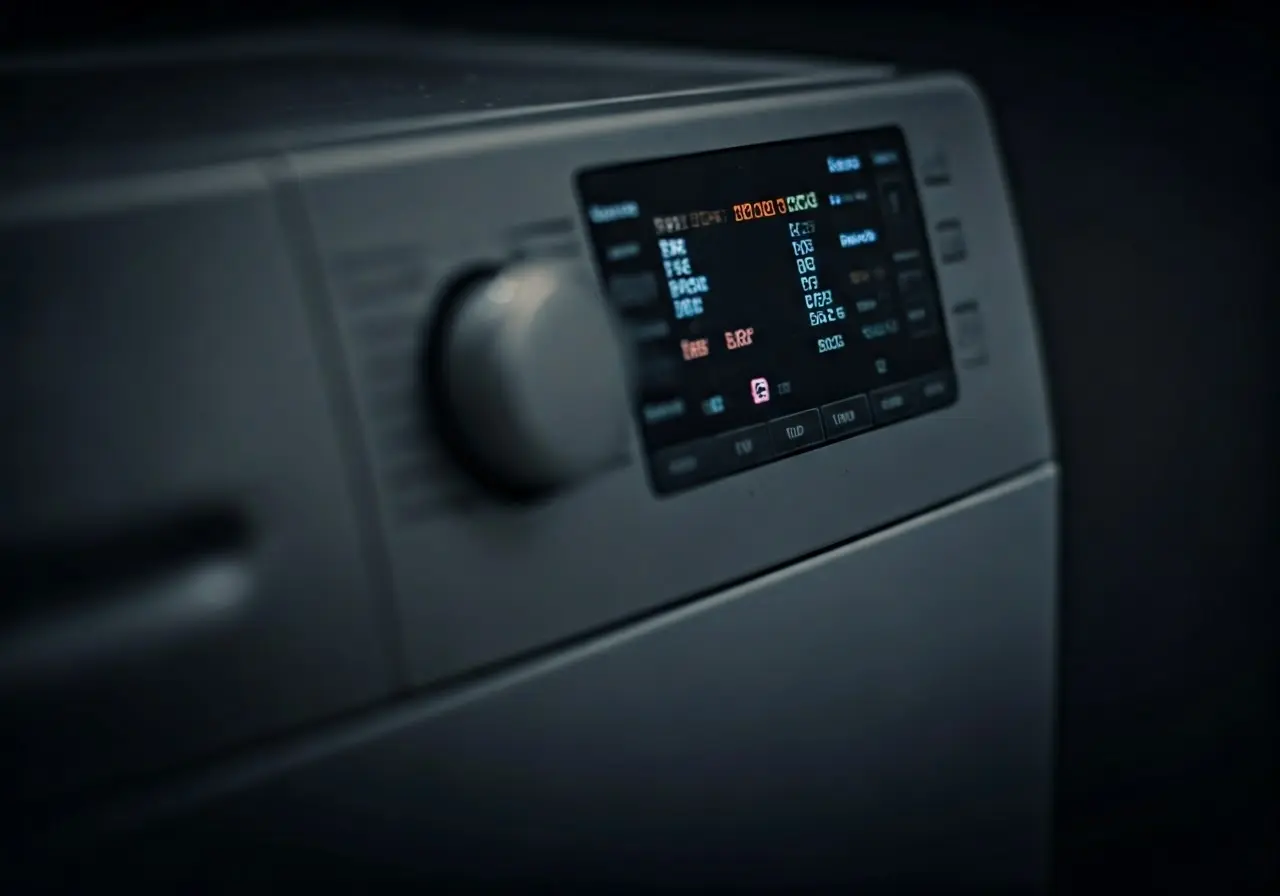7 Common Samsung Appliance Issues and How to Fix Them
Samsung appliances are renowned for their advanced technology and sleek designs. However, like any electronic device, they can sometimes run into issues. In this friendly guide, we’ll walk through some of the most common problems encountered with Samsung appliances and provide straightforward solutions that you can try at home.
1. Troubleshooting Refrigerator Cooling Problems
Is your Samsung refrigerator not cooling properly? This could be due to a blocked air vent or a malfunctioning thermostat. Here’s how you can diagnose and fix these issues.
Firstly, a blocked air vent in the freezer section can lead to temperature irregularities. Check items that may be obstructing the flow of cool air and rearrange them if necessary. If the issue persists, the next suspect could be the condenser coils. These coils, located typically at the back or beneath the unit, must stay clean to help dissipate heat effectively. Cleaning them involves unplugging the refrigerator and using a vacuum or brush to remove accumulated dust. For more severe issues, as mentioned on Leading Edge Only, inspecting the evaporator fan or the compressor could be necessary when DIY tricks don’t work.
Another common problem is a faulty thermostat. Some users see success in simply resetting the thermostat. However, if temperatures continue to fluctuate, replacement may be necessary and should be done by a technician to ensure accuracy and safety.
2. Solving Washer Spin Cycle Woes
If your Samsung washing machine refuses to spin or drains improperly, the issue might be with the drive belt or drainage system. Let’s look at some ways to get your washer spinning again.
A drive belt issue is often the culprit behind a non-spinning washer. Over time, the belt can wear down or slip off, often leading to inefficient spinning. To check if this is your problem, unplug the washer, remove the back cover, and inspect the belt. If it appears worn or out of place, replacing it might restore the spin cycle back to normal. You could also inspect the drainage hose for any blockages that may prevent proper drainage, allowing water to sit in the drum.
Another common problem with failed spins is the lid switch. This small mechanism can malfunction and must be replaced if defective, as it is crucial in indicating when the washer is safe to operate without flooding the room!
3. Repairing Oven Heating Issues
An oven that doesn’t heat up can throw off your cooking plans. Often, the culprit is the heating element or the temperature sensor. Find out how you can check these components for faults.
When your Samsung oven isn’t reaching the right temperatures, an immediate check you should perform is on the heating element. Look for any visible cracks or breaks; these are solid indicators of a non-functional element. Do a continuity test with a multimeter if you have one on hand, as it gives a definitive result of an element’s functionality. For DIY tips on testing other faulty oven parts, refer to guidance on Leading Edge Only.
If the heating element is fine but issues persist, the next goal is to assess the temperature sensor. When the sensor malfunctions, the oven may no longer warm correctly. Generally attached inside the oven, testing a sensor similarly with a multimeter after removal can confirm if it needs replacement. Remember, safety first; always ensure the oven is unplugged before starting any of these checks!
4. Addressing Microwave Turntable Malfunctions
A non-rotating turntable can lead to uneven cooking. This section will guide you through inspecting the motor and replacing it if necessary.
A stuck turntable in your Samsung microwave often boils down to motor issues or simple misalignment. To inspect the motor, remove the turntable and carefully tip the microwave to access the motor beneath the unit. Disconnect it and use a multimeter to test for continuity. If it fails, a replacement would be necessary. While such repairs seem daunting, they’re relatively straightforward once you get going.
5. Solving Dishwasher Leakage
Water leaking from your Samsung dishwasher can be troublesome. Usually, it’s due to a faulty door seal or a clogged drain. Learn how to identify and fix these leaks efficiently.
A common source of a leaky dishwasher is a worn or damaged door gasket. Over time, these rubber seals dry out or crack, allowing water to find its way out of the dishwasher’s interior. Replacing these should fix the issue. Alternatively, if you find water pooling during a cycle, it might indicate a clogged or improperly installed drain line.
6. Fixing Dryer Non-Heating Issues
Dryers that fail to heat can leave clothes damp and musty. Common causes include blown thermal fuses or faulty thermostats. Here’s how to keep your dryer running warm.
7. Resolving Easy Control Panel Errors
A frozen or erratic control panel can be a hassle. This problem often stems from power surges. We’ll cover some easy resets and checks to bring your appliance back to life.
Power surges often lead to a frozen control panel, making it unresponsive to your inputs. Start by performing a hard reset: unplug the appliance, wait a few minutes, and plug it back in. If functionality doesn’t return, some models include a built-in reset button or sequence that could restore panel operation. Visit the user manual for specific instructions related to your model if other strategies are unsuccessful.
In case the control panel continues to misbehave despite all efforts, it might require professional attention to prevent further damage. Triton Repair in San Francisco is always ready to provide expert assistance to revive your Samsung appliances quickly and reliably.


